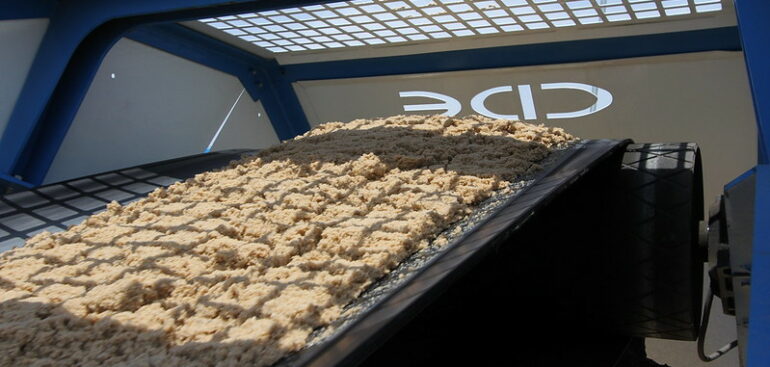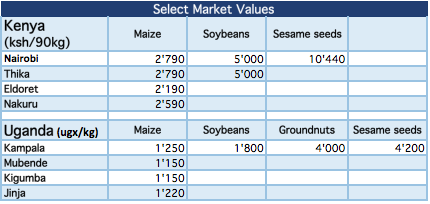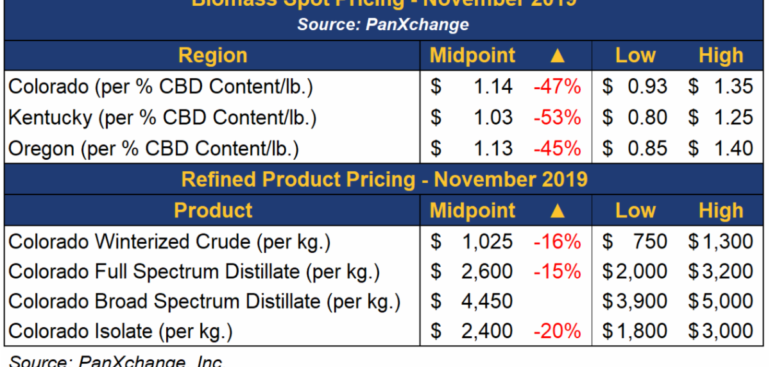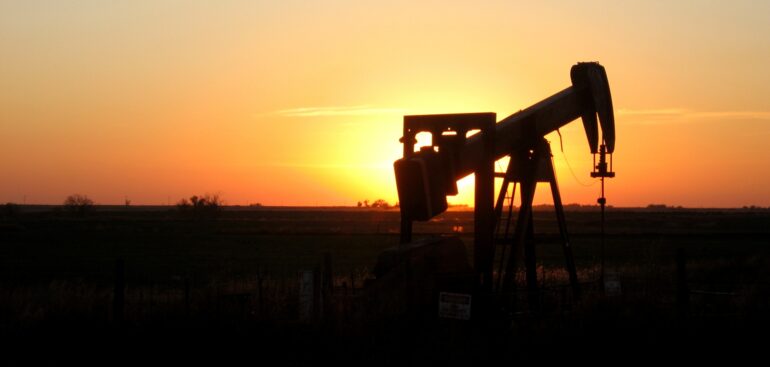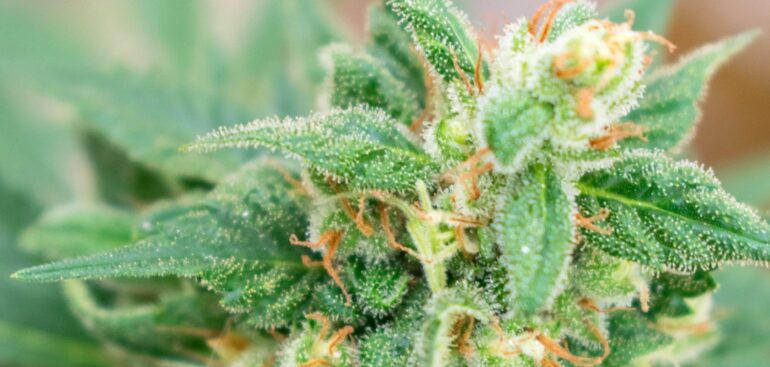In the Northern White market, 100m fell by 2% this week while 40/70m rose by 2%. Given that Northern White 40/70 has seen the most significant quarterly price drop at over 16%, perhaps this could be the start of a market correction or even a sign of fundamental price support.
In the Northern White market, 100m fell by 0.5% this week while 40/70m fell by 2.5%. Northern White 40/70 has seen the most significant quarterly price drop at over 16%, suggesting that it is struggling to compete with regional supply due to its crush strength and quality relative to cost.
In both the Northern White and Permian market, prices continue to push downward to new lows each week across the board. While the domestic story for frac sand remains “more of the same” with respect to the supply glut, there is a lot of movement internationally…
The Association of Kenya Animal Feed Manufactures (Akfema) want the government to open the window for duty-free imports of yellow maize to avert price escalation. Prices of animal feeds have gone up by as high as Sh500 a bag across all products.
With this November newsletter, PanXchange is launching a series of survey questions for market participants. If you are a grower, processor, end user, or trader, please visit our website to answer these quick questions listed below. Results will be aggregated anonymously and reported in our December newsletter.
In the Northern White market, 100m fell by 1% this week while 40/70m fell. 30/50m prices remained flat, indicating continued limited demand. In the Permian, FOB Odessa 40/70m remained relatively flat this week, while local 100m and 40/70m continue to set precedent for quarterly lows.
In the Northern White market, 100m fell by 2% this week while 40/70m fell by 0.8%. 30/50 prices remained flat, indicating continued limited demand.
In the Permian, FOB Kermit
According to S&P Global, Midland (Permian) oil differentials moved from an $8 discount in Jan ’19 to a $1 premium in October ’19 relative to Cushing (WTI) as a result of key midstream pipeline infrastructure projects taking substantial oil volumes from the Permian to the Gulf Coast, namely Grey Oak (online in 2020), EPIC, and Cactus II. This could be driving the trend in increased completions of DUC wells, as local prices improve and the logistical transition is made by truckers to haul sand instead of oil, providing temporary relief for in-basin sand prices on the demand side. However, will global macro-economics cap Permian oil prices at or near par with WTI and if so, could sand prices be projected to drop even further?
In the Northern White market, while pricing for 100m and 30/50m remained relatively flat, exhibiting intra-week price volatility, 40/70m prices fell. While prices remain flat, 40/70 appears to have slightly higher W/W price volatility in comparison with its 100m and 30/50m counterparts.
Colorado winterized crude oil market has transacted between $850 and $1,600/kilogram, while tolling arrangements continue to be a prominent deal structure with regard to initial extraction. The spread between non-winterized crude and winterized crude continues to narrow as winterization capacity increases throughout the country.
The Colorado CBD isolate market traded in the range of $2,000 to $4,000/kilogram in October, while the full spectrum distillate market has seemingly traded in parallel with isolate as distillation becomes more cost-effective. The Colorado full-spectrum distillate market transacted between $2,100 and $4,000/kilogram, while THC remediated, broad-spectrum distillate continued to garner a significant premium of approximately $1,000/kilogram.


